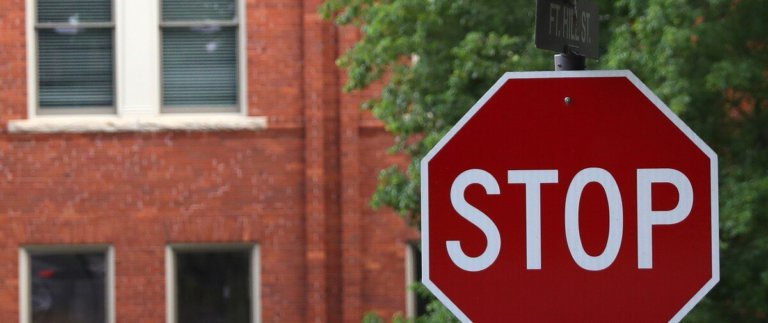
International graduates in the US Optional Practical Training (OPT) programme may have to deal with OPT suspension soon.
This comes as the US government considers further immigration restrictions to manage the devastating impact of COVID-19.
First, the US government took the first step by suspending entry of immigrants deemed risky to the US. Then, it released an executive order directing agencies to “address this economic emergency by rescinding, modifying, waiving, or providing exemptions from regulations and other requirements that may inhibit economic recovery”.
The OPT is a student visa extension which allows eligible international graduates to work in the US for up to 12 months after completing their studies. STEM majors get an additional 24 months.
What are the reasons behind the rumoured OPT suspension?

International students use the OPT to find work experience, some hoping it would lead to a green card. Source: Justin Sullivan/Getty Images North America/Getty Images via AFP
US data shows a 26% unemployment rate among Americans aged 18 to 24. Those supporting OPT suspension believe this unemployment rate can be reduced if young Americans do not have to compete with international students for jobs in the US.
This was the sentiment by a group of Republican senators who wrote to President Donald Trump, urging him to suspend several guest worker programmes, including the OPT.
In response, 21 Republican Members of Congress wrote to Secretary of State Mike Pompeo and Acting Homeland Security Secretary Chad Wolf opposing the OPT suspension.
The letter read, “As countries like Canada, the UK, China and Australia bolster immigration policies to attract and retain international students, the last thing our nation should do in this area is make ourselves less competitive by weakening OPT.”
Their call is echoed by the American Council on Education, which also called on the White House to reconsider the value of international students when reviewing the OPT suspension.
How will the OPT suspension affect international students?
The suspension of F1/OPT is heart-wrenching for international students and irrational for a economy that heavily relies on the product of the higher education. We invest on international talents, then turn them away from contributing to our economy? https://t.co/bXPhI7Vsor
— Kaveh Daneshvar (@kavehdaneshvar) June 12, 2020
The OPT has been increasingly popular in recent years, attracting 223,085 international students in the 2018-19 academic year.
Without it, these students would no longer have valid immigration status; they would be forced to leave the US.
According to NAFSA: Association of International Educators, international students contribute $41 billion to the national economy through 458,290 jobs. On top of that, every foreign-born STEM graduate working in the US creates 2.62 jobs for native-born Americans.
The OPT programme has played a large part in this. Without it, universities and scientific communities would miss out on a diverse workforce that not only feeds innovation and collaboration to the local industry, but creates opportunities for others to thrive.
What will it mean for the US?

Despite moves to reopen businesses, another 1.54 million US workers filed for unemployment benefits last week, the Labor Department said on June 11, 2020, bringing the total since mid-March to 44.2 million. Source: Johannes Eisele/AFP
The OPT programme is a huge draw for international students to study in the US. Without it, would they still be attracted to the US over other global education hubs?
Business leaders think not. Bipartisan political organisation FWD.us tells how over 324 employers in trade, industry, and higher education associations wrote to President Trump to keep the OPT programme.
An excerpt from their letter explains the potential impact on the US labour force: “Constraints on our human capital are likely to result in unintended consequences and may cause substantial economic uncertainty if we have to recalibrate our personnel based on country of birth.”
Stay tuned to Study International for developments on this decision.
Liked this? Then you’ll love…
4 things international students in the US can do if they’re on OPT this summer
Between home and a future: Inside the OPT conundrum of Indian students in the US







